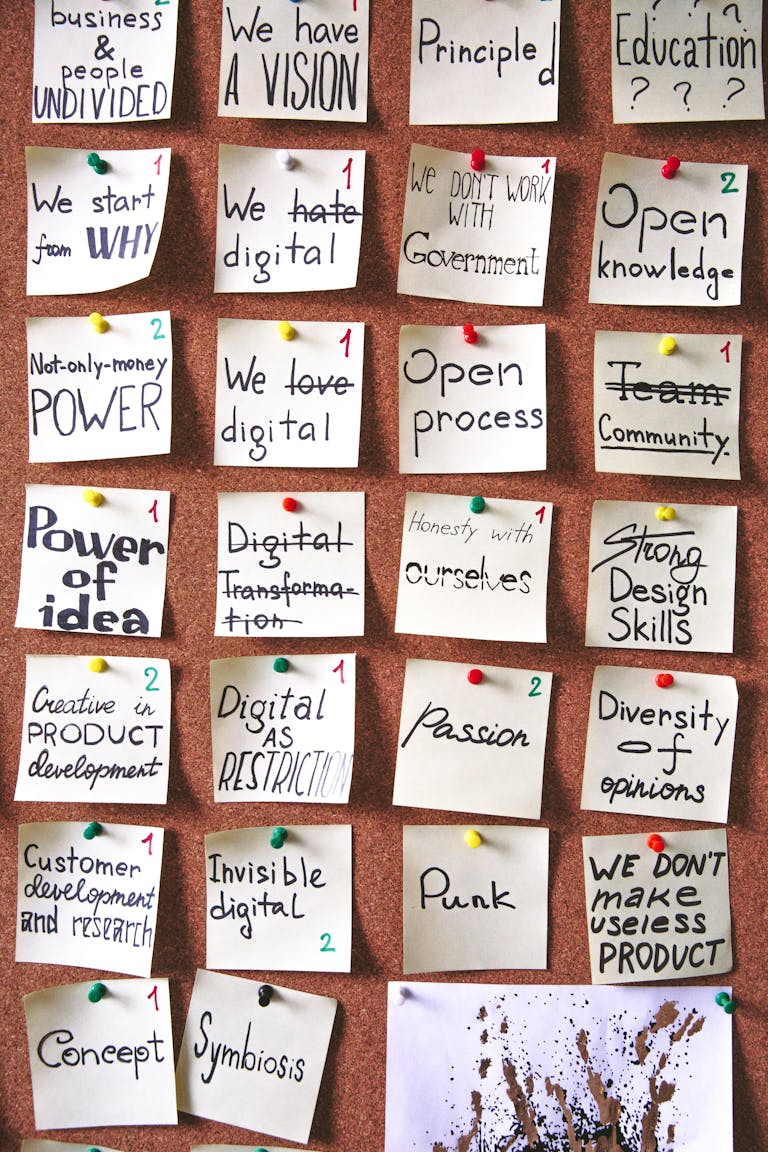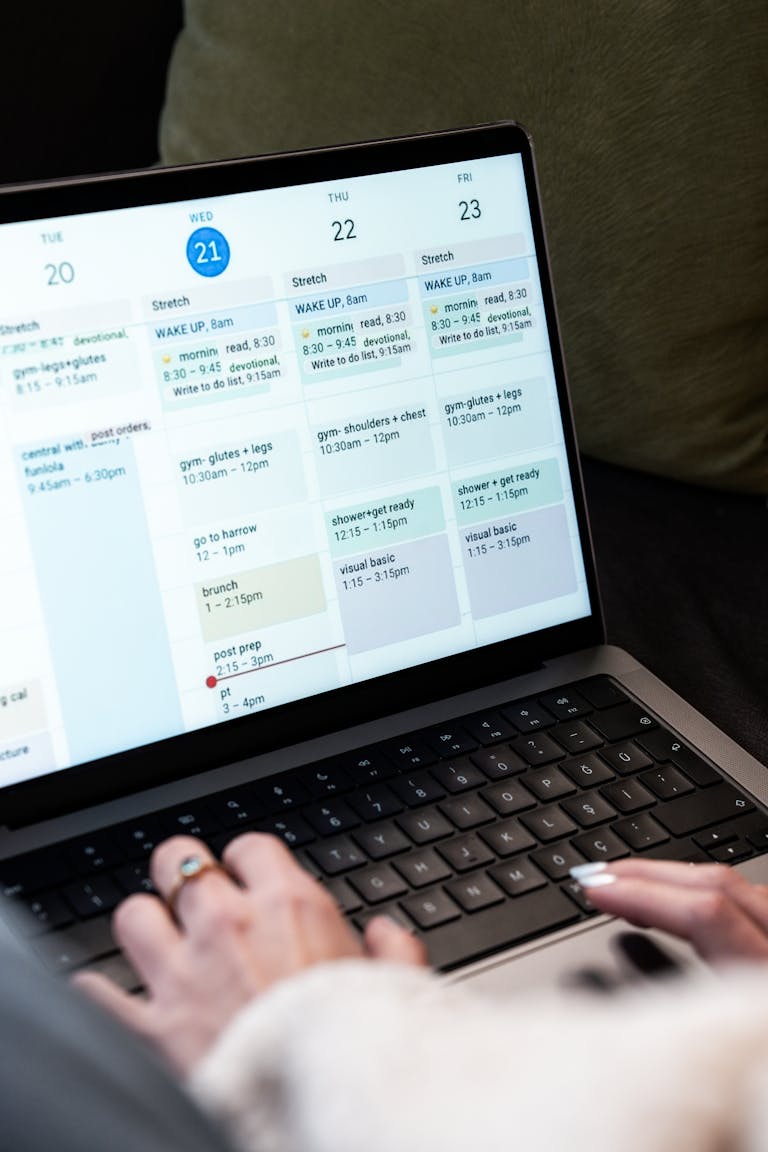In a world filled with endless tasks and distractions, mastering prioritization is the ultimate secret weapon for achieving maximum results.
When you know what matters most and act accordingly, you can focus your energy efficiently and make significant progress toward your goals.
Here’s a detailed guide on how to prioritize effectively and become a productivity powerhouse.

1. Understand the Value of Prioritization
Many people mistakenly believe that working harder is the key to success. In reality, working smarter—specifically by prioritizing effectively—is far more important.
Prioritization helps you:
- Reduce stress and overwhelm.
- Improve decision-making.
- Maximize the return on your time and energy.
- Achieve meaningful goals faster.
Without clear priorities, you risk spending time on low-value activities while high-impact tasks remain unfinished.
2. Apply the Eisenhower Matrix
The Eisenhower Matrix is a simple but powerful tool that divides tasks into four categories:
- Urgent and Important: Do these immediately.
- Important but Not Urgent: Schedule these for later.
- Urgent but Not Important: Delegate if possible.
- Neither Urgent nor Important: Eliminate or minimize.
Using this matrix helps you distinguish between busy work and real progress.
Example:
- Urgent and Important: Finalizing a project due today.
- Important but Not Urgent: Long-term strategic planning.
- Urgent but Not Important: Answering non-critical emails.
- Neither Urgent nor Important: Scrolling social media.
3. Identify Your “One Big Thing” Each Day
Each morning, ask yourself: “If I accomplish only one thing today, what would make it a successful day?”
Focusing on one high-impact task daily ensures that even amidst distractions, you’re moving the needle in the right direction.
Over time, these daily victories add up to massive results.
4. Break Projects into Prioritized Tasks
Large projects can feel overwhelming. Break them down into smaller tasks and prioritize based on:
- Deadlines
- Dependencies (what must be done first)
- Impact (which tasks drive the project forward)
When you prioritize tasks within a project, you create a clear, manageable path to completion.
5. Use the 80/20 Rule (Pareto Principle)
The Pareto Principle states that 80% of your results come from 20% of your efforts.
Identify which activities yield the greatest results and prioritize those.
Examples:
- 20% of clients may bring 80% of revenue.
- 20% of your daily tasks may lead to 80% of your productivity.
Focus on the tasks, clients, or strategies that deliver the highest returns.
6. Set Boundaries and Say “No” Strategically
Prioritization isn’t just about choosing what to do — it’s about choosing what not to do.
Say no to tasks, meetings, or projects that don’t align with your top priorities.
Protect your time like a valuable resource, because it is.
7. Review and Adjust Regularly
Priorities change. What was crucial last week may not be urgent today.
At the end of each day or week, review:
- What you accomplished.
- What remains undone.
- What needs to be reprioritized.
Constant evaluation ensures you’re always focused on what matters most right now.
Q: How do I handle conflicting priorities?
A: Rank tasks based on deadlines, impact, and alignment with your bigger goals. If still unclear, ask for clarity from managers or stakeholders if applicable.
Q: How many tasks should I prioritize daily?
A: Ideally, focus on 1–3 high-priority tasks per day to maintain clarity and avoid overwhelm.
Prioritize Like a Pro!
Today, pick your “one big thing” and commit to getting it done. Small acts of prioritization create extraordinary results over time.

I’m EKBAL HOSSAIN MONDAL, the creator of SmartSolveTips.com — a blog dedicated to helping people improve productivity, avoid digital burnout, and live better online. With years of hands-on experience in self-development and digital wellness, I write practical tips and tools to help you stay focused and thrive in a fast-paced digital world.






